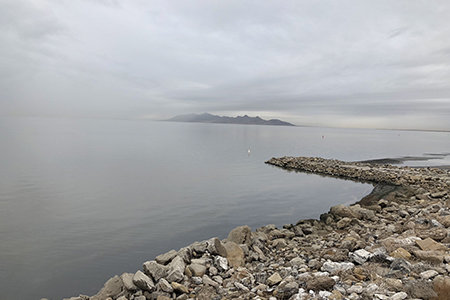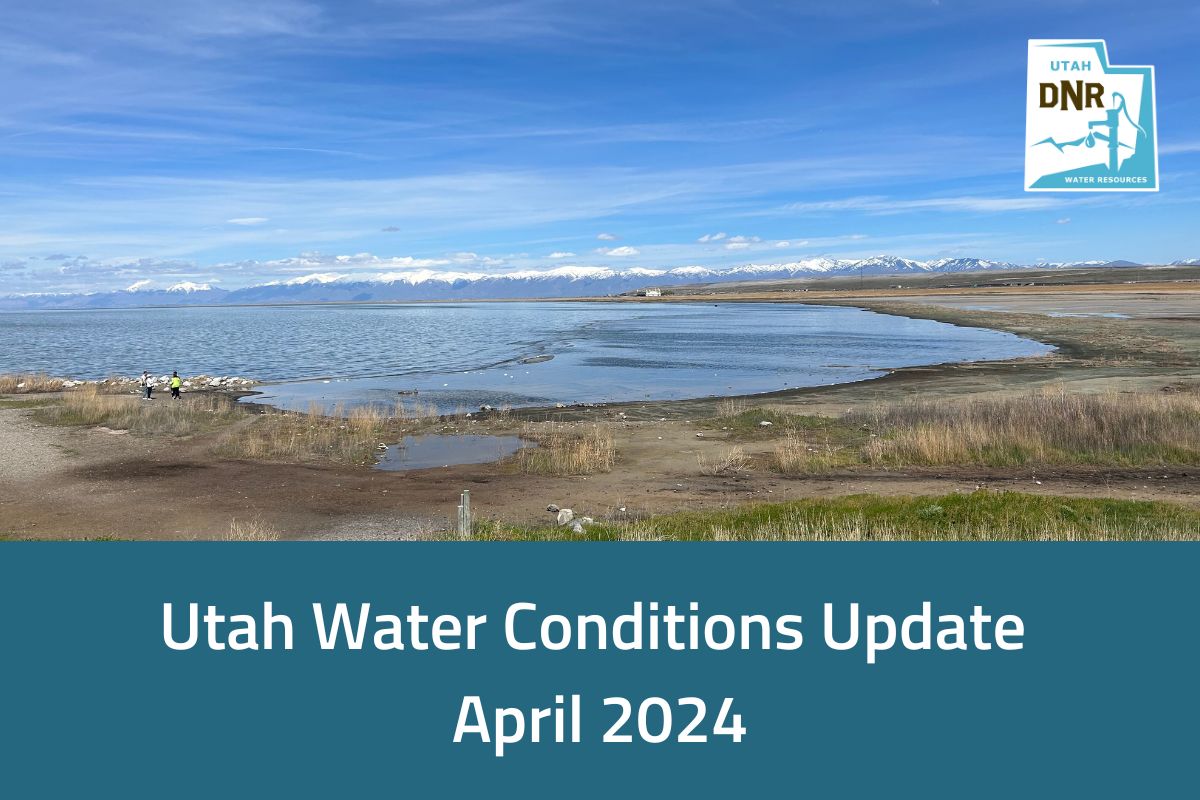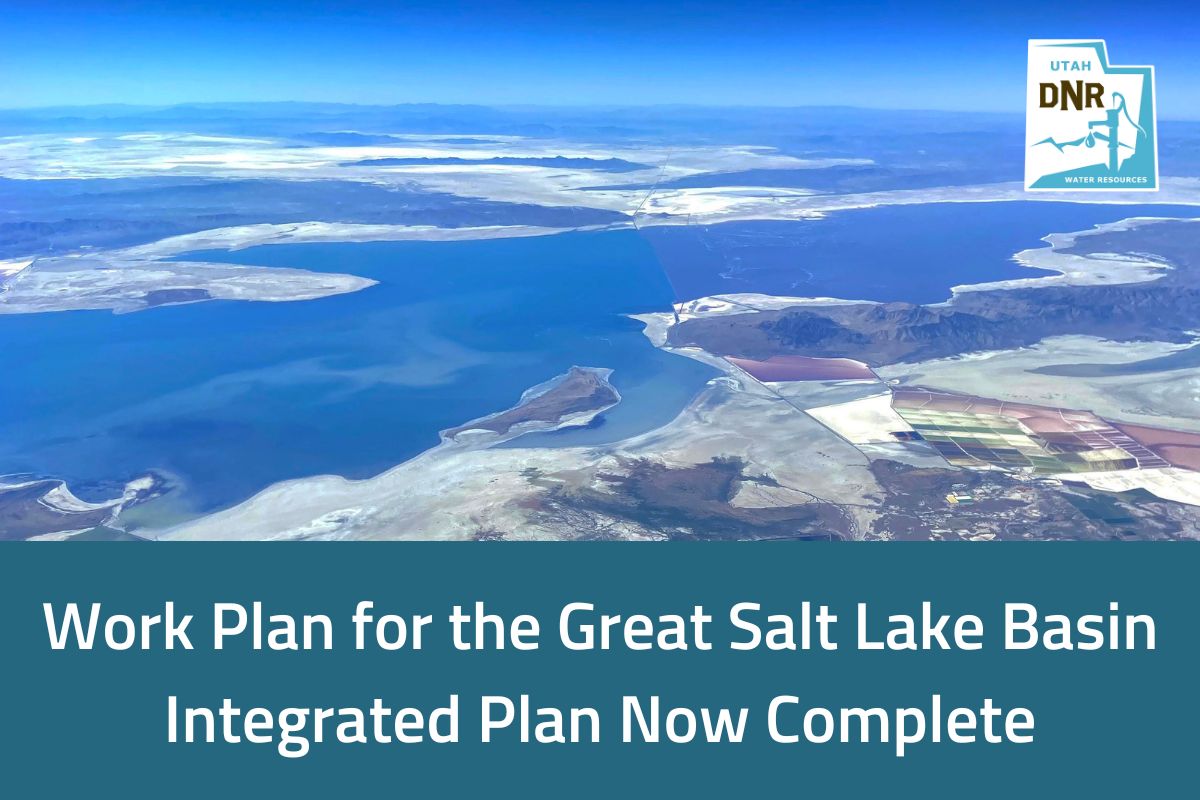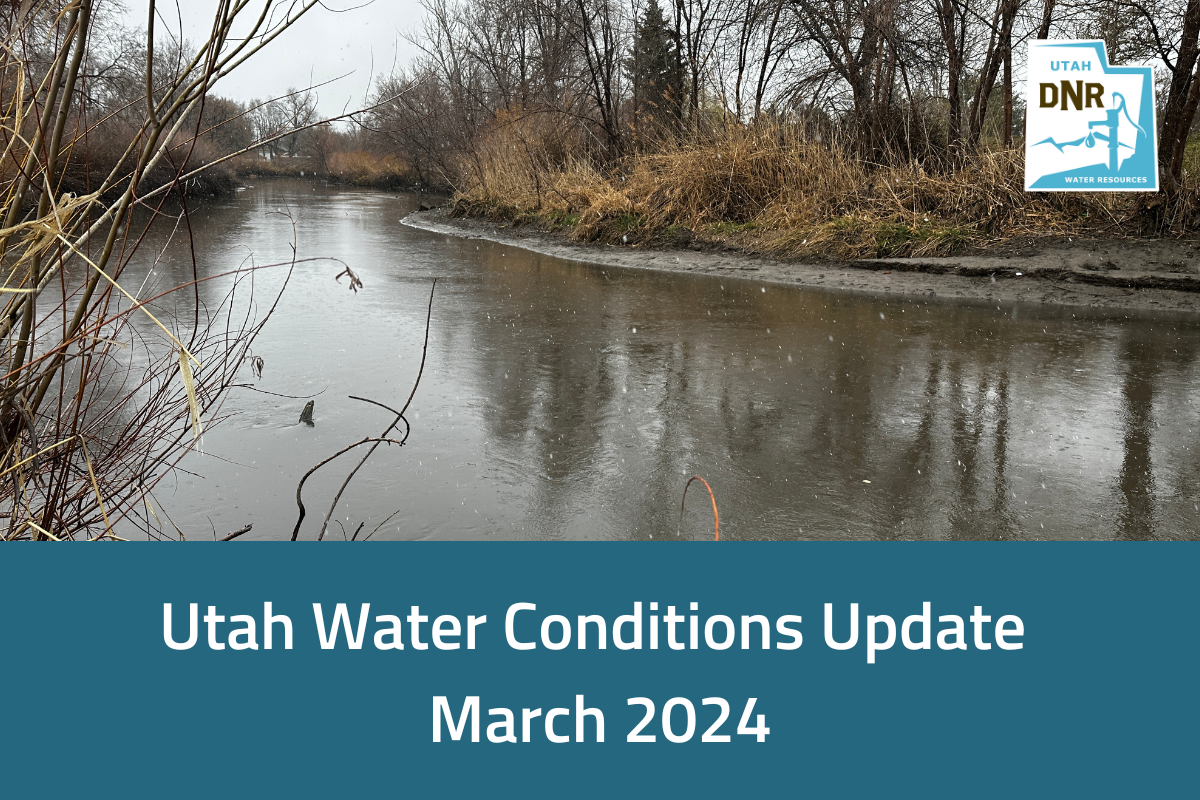Conservation is critical to meet the water needs of Utah’s growing population and is a factor that can significantly postpone water development projects.
“We’ve seen how implementing water conservation strategies can delay large-scale infrastructure projects,” said Todd Adams, director of the Utah Division of Water Resources. “When the Legislature passed the Bear River Development Act in 1991, the projected need for the water was in 2015. Thanks primarily to conservation efforts, new technology and some smaller water development projects, current projections indicate the water won’t be needed until 2045 to 2050.”
The Conservation Impact Study released today by the Great Salt Lake Advisory Council and led by Bowen Collins & Associates is a reminder of how conservation has delayed water development projects in the past and how essential it is in meeting Utah’s future water needs. Great Salt Lake is one of Utah’s most unique water resources that affects the economy, fragile ecosystems and public health.
“Raising awareness of the impact we can have on our water supply by making simple changes is one of the most effective things we can do to stretch our water supply,” said Adams.
As of Oct. 1, nearly all of Utah was in some stage of drought. Fire danger is high, native vegetation is sparse and streams are low. This year set a record for Utah’s hottest, driest August on record, which serves as a reminder of the importance of conserving this critical resource.
“We appreciate those Utahns and sectors who do their part to conserve this precious resource by embracing a waterwise ethic to safeguard our future,” said Adams. “Using water wisely is always the right thing to do whether the state is experiencing drought or not. The division encourages and promotes water conservation wherever it can be implemented – which is everywhere, including your tap.”
To meet future water needs, the division seeks balanced solutions that include conservation, efficiency, optimization, agriculture conversion and water development.
Notable conservation efforts include the following:
Regional Water Conservation Goals – Regional water conservation goals were established in 2019 that build on the “25% by 2025” goal that was introduced by Gov. Gary Herbert. Targeting goals by region allows the goals to account for things like climate, elevation, growing season and specific needs. When every region reaches its goal, a 16% statewide water use reduction will be achieved by 2030.
Water Efficiency Projects – Since 1947, the Utah Board of Water Resources has provided over $850 million in low-interest or no-interest loans to more than 1,500 private water companies, irrigation companies, municipalities and water districts for canal lining, canal enclosure (piping), sprinkler irrigation, dam safety, secondary meters and more. These projects have a combined total value of $2.3 billion (not indexed for inflation). Loan repayments are returned to this revolving fund and used to fund additional water efficiency and development projects.
Slow the Flow –“Slow the flow, save H2O…” is a jingle many remember and have incorporated into their daily habits. The division has been partnering with water districts around the state for over 20 years in the Slow the Flow campaign. The most recent campaign reminds us water is life as it protects us, feeds us, inspires us, thrills us, calms us and sustains us.
Cloud Seeding Augments Water Supply – Utah has been cloud seeding since the early 1950s to help augment the state’s water supply. Cloud seeding is a low-cost, low-risk, non-structural method to increase existing water supplies in target areas of Utah mountain range. Ground-based seeders release silver iodide into winter clouds to stimulate the precipitation process and generate snow. Placed along foothills and higher elevations, the release of the cloud seeds is timed and targeted so that the air currents will carry them high into the cloud.
Rebates – The Utah Water Savers program provides statewide rebates for smart irrigation timers and low-flow toilets – saving water and money. Additional rebates may also be available in certain service areas.
Secondary Metering – As more secondary water is metered around the state, the data becomes more accurate, which makes for better planning. (If metered data isn’t available the division estimates use.) Meters can also be an effective tool in reducing water use. Weber Basin Water Conservancy District is retrofitting homes with secondary meters and sees an average reduction of about 30% after the meters are installed.
For more information, contact Kim Wells, public information officer, at 801.803.0336 or email kimwells@utah.gov.
Conservation critical to meet Utah’s water needs (pdf)
The Utah Division of Water Resources is one of seven divisions housed within the Department of Natural Resources. Tasked with Planning, Conserving, Developing and Protecting Utah’s water resources, the division serves as Utah’s water steward.




